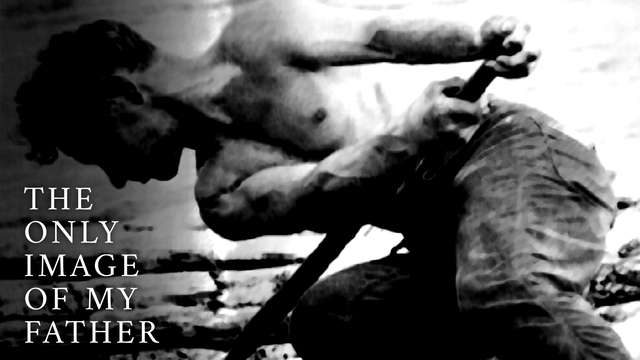The Only Image Of My Father
Monika has never met her father. She knows only that his face was once on a Swedish stamp and that he was a Sami reindeer man, an indigenous Scandinavian. But who was her father? Why was he put on a stamp? And is he still alive?
 Monika has never met her father. She knows only that his face was once on a Swedish stamp and that he was a Sami reindeer man, an indigenous Scandinavian. But who was her father? Why was he put on a stamp? And is he still alive? After decades of ignorance, she decides to track him down. Her journey is an emotional one, shedding light on a shameful aspect of Sweden's past. In searching for her father, she ends up finding herself. A classic, personal documentary.
Monika has never met her father. She knows only that his face was once on a Swedish stamp and that he was a Sami reindeer man, an indigenous Scandinavian. But who was her father? Why was he put on a stamp? And is he still alive? After decades of ignorance, she decides to track him down. Her journey is an emotional one, shedding light on a shameful aspect of Sweden's past. In searching for her father, she ends up finding herself. A classic, personal documentary.
"This is my only image of my father," states Monika Isaksson, opening her palm to reveal an old Swedish stamp. The picture on the stamp is of a strong muscled man, rowing hard against the tide. She has fingered his stamp thousands of times, wondering about him. Not only has she never met her father, but she knows nothing about his culture and way of life.
For any person, not knowing about their father means that a crucial aspect of their life is missing. After years of deliberating, Monika decides to track down her paternal family. She travels to North Sweden to meet her father's relatives. Her cousin, Sven, takes her to visit her grandfather's old hut and introduces her to other Samis. But re-establishing contact with her relatives forces her to examine who she really is. "Am I a Sami?" she questions.
As the trust grows, her relatives begin confiding the tragic history of the Samis. "It was persecution," states Sven. "The divination drums were collected and burned. The Samis were to be turned into Christians and Swedes." He describes vividly how Samis were repeatedly dunked in iced water until they agreed to burn their possessions. "It's all been swept under the carpet," he grieves. Even now, the persecution of the Samis continues. "We've lost the land we used for winter pasture," complains Seth. "The state or forestry companies use the law to destroy Sami villages."
Eventually, her personal journey ends in triumph. She learns that her father is still alive and finally tracks him down. He now lives in a wood hut near the forest. There is no running water and every day he hauls water from a hole cut in ice in the river. "The way I fetch water might seem like a hardship to you but it's a trifle for me," he explains "You sit on the sofa, watch tv, smoke and have coffee and cakes. I fetch water instead." Two world's collide but there is still a bond between them.
Her father's own childhood was one of grief and persecution. "Samis were undesirable. We were all bundled into a children's home," he describes. "I was seven years old when I was sent off to be a child slave." Every morning, he had to wake up early to work before school. Ironically, when he finally escaped and went to work on a boat, his Sami characteristics came to be lauded and he was seen as personifying the perfect worker. Newspapers praised him and he was immortalised on a stamp. For Monika, the reunion is bitter sweet. In re-establishing contact, she comes to appreciate all that she has lost. Not only has she missed out on a father but a whole culture.
FULL SYNOPSIS
Her father's own childhood was one of grief and persecution. "Samis were undesirable. We were all bundled into a children's home," he describes. "I was seven years old when I was sent off to be a child slave." Every morning, he had to wake up early to work before school. Ironically, when he finally escaped and went to work on a boat, his Sami characteristics came to be lauded and he was seen as personifying the perfect worker. Newspapers praised him and he was immortalised on a stamp. For Monika, the reunion is bitter sweet. In re-establishing contact, she comes to appreciate all that she has lost. Not only has she missed out on a father but a whole culture.

